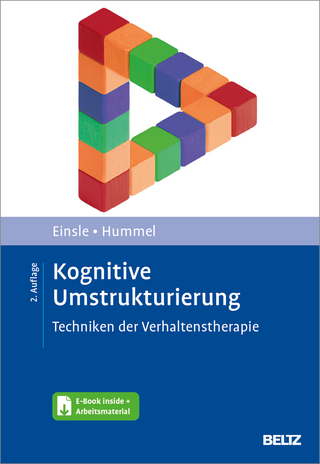
Health Security Intelligence
Routledge (Verlag)
978-1-032-15739-9 (ISBN)
Disease outbreaks like COVID-19 have not historically been considered a national security matter. While disease outbreaks among troops have always been a concern, it was the potential that arose in the first half of the twentieth century to systematically design biological weapons and to develop these at an industrial scale, that initially drew the attention of security, defence and intelligence communities to biology and medical science. This book charts the evolution of public health and biosecurity threats from those early days, tracing how perceptions of these threats have expanded from deliberately introduced disease outbreaks to also incorporate natural disease outbreaks, the unintended consequences of research, laboratory accidents, and the convergence of emerging technologies. This spectrum of threats has led to an expansion of the stakeholders, tools and sources involved in intelligence gathering and threat assessments.
This edited volume is a landmark in efforts to develop a multidisciplinary, empirically informed, and policy-relevant approach to intelligence-academia engagement in global health security that serves both the intelligence community and scholars from a broad range of disciplines.
The chapters in this book were originally published as a special issue of the journal, Intelligence and National Security.
Michael S. Goodman is Professor of Intelligence and International Affairs and Head of the Department of War Studies at King’s College London. James M. Wilson is Practicing Paediatrician specializing in operational health security intelligence, and the CEO of M2 Medical Intelligence, Inc. Filippa Lentzos is Senior Lecturer in Science & International Security at the Department of War Studies, and Co-Director of the Centre for Science and Security Studies (CSSS) at King's College London.
Introduction: Health Security Intelligence: engaging across disciplines and sectors 1. The West Africa Ebola outbreak (2014– 2016): a Health Intelligence failure? 2. The use of HUMINT in epidemics: a practical assessment 3. Influenza pandemic warning signals: Philadelphia in 1918 and 1977– 1978 4. The 1999 West Nile virus warning signal revisited 5. Rapid validation of disease outbreak intelligence by small independent verification teams 6. Threat potential of pharmaceutical based agents 7. Towards understanding cybersecurity capability in Australian healthcare organisations: a systematic review of recent trends, threats and mitigation 8. Improving ‘Five Eyes’ Health Security Intelligence capabilities: leadership and governance challenges
| Erscheinungsdatum | 31.01.2024 |
|---|---|
| Verlagsort | London |
| Sprache | englisch |
| Maße | 174 x 246 mm |
| Gewicht | 420 g |
| Themenwelt | Geisteswissenschaften ► Psychologie ► Allgemeine Psychologie |
| Sozialwissenschaften ► Politik / Verwaltung ► Europäische / Internationale Politik | |
| ISBN-10 | 1-032-15739-9 / 1032157399 |
| ISBN-13 | 978-1-032-15739-9 / 9781032157399 |
| Zustand | Neuware |
| Informationen gemäß Produktsicherheitsverordnung (GPSR) | |
| Haben Sie eine Frage zum Produkt? |
aus dem Bereich


